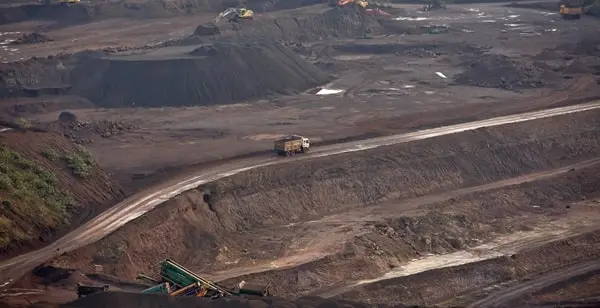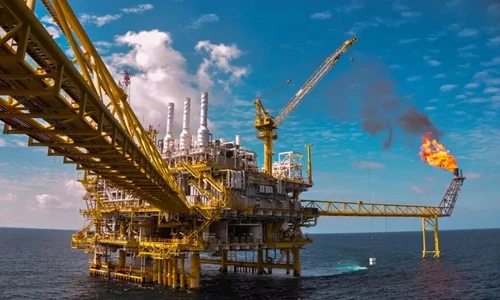It has been a matter of years that India has remained one of the prominent market players in the arena of iron and steel production around the globe, with a strong business support system and abundant natural resources. Some production pilots shine out of all iron ore states, where that nation’s industrial growth and economic development are dependent. In the year 2024, the production of Iron ore in the states that have the top five ranking places still contributes more to supply within the national and external countries. A close look at these states forms the subject of this paper and brings forth their contributions to India’s iron ore economy.

1. Odisha
Odisha has managed to stay on top among the Iron ore-producing states of India. Odisha holds massive resource bases and robust iron ore mining processes, keeping it in the front of the country’s iron ore production. The state has extensive mineral deposits such as hematite, magnetite, and others that are responsible for contributing crucial inputs to the whole Indian iron and steel industry. Districts that are part of the major iron ore clusters Keonjhar, Sundergarh, and Mayurbhanj make Odisha different in the area for iron ore production.
2. Chhattisgarh
Chhattisgarh is the second highest Iron ore producing states in India. Chhattisgarh’s iron ore, which is extracted from State-owned NMDCs, is world famous for its high-grade iron ore deposits. Besides this, those private mining firms investing in Chhattisgarh augment the production of iron ore and improve its quality. The state has a strategic location and favorable mining policies and turned out to be the most important state controlling a major part of Indian iron ore mines.
3. Karnataka
Bellary-Hospet area, a major reserve of iron ore in Karnataka, goes in for a major share of iron ore output in Karnataka. Nevertheless, the last few years have introduced the state to certain issues regarding regulatory aspects and environmental concerns, which have been the source of some wavering numbers in iron ore production. Despite the challenges, Karnataka ranks amongst India’s leading nodes of iron ore production. Narrative: Issues of regulation and coordinating the mining executions are the most critical focus areas for preserving India’s leading mine production state.
4. Jharkhand
Jharkhand is blessed with mineral wealth, including Iron, which is one of the important resources. For decades, the area’s radioactive activity has been booming. On the other hand, the state has acquired regulatory and environmental issues linked directly to iron ore production. The state government and mining companies could co-work well and implement mining techniques that would have fewer negative effects than using Jharkhand’s natural resources.
5. Madhya Pradesh
This is notwithstanding that the Madhya Pradesh statue is not as glaring in the industry as many other primed states, but it still stands tall in the sector. Iron ore in the state of Madhya Pradesh is principally concentrated in the regions of Dhar, Jabalpur, and Katni districts. Although the absolute contribution of the iron ore sector to India’s economy from Madhya Pradesh may be behind that of Odisha and Chhattisgarh, it is nevertheless a substantial parameter providing support to local industries and adding an important component to the national supply chain.
Conclusion
The above five states, which have the largest iron deposits among the Indian states- Odisha, Chhattisgarh, Karnataka, Jharkhand, and Madhya Pradesh- are the backbone of the country’s iron ore sector. The mineral-rich reserves of India and favorable regulatory systems adopted a strategic approach to capturing investment in the country’s steel and iron industries, which allowed it to reach new heights. On the other hand, although these limitations (e.g. regulatory barriers, environmental concerns, and risky markets) are still prevailing, there is a need for a reliable mechanism to guarantee extended growth.
FAQs:
Q1. How do these states grow their edition with other states in the iron ore production?
Ans: The leadership by large states in supplying the world with iron ore has been determined by various factors such as massive natural deposits, favorable earth conditions, effective mining operations, and pro-mining government policies.
Q2. What positive/negative consequences are there regarding the economies of such states?
Ans: These two states play a big role in the production of iron ore, which, over time, has a good impact on their economics, including, but not limited to, employment generation, investment attraction, and ancillary industry support. Iron ore mining income not only materializes as a resource for funding developmental programs but also as an income for infrastructure projects.
Q3. What environmental issues of iron mining do we usually observe in these states?
Ans: The mined ore from iron contains serious eco-deteriorating factors, like rainforest destruction, soil erosion, air and water pollution, and habitat ruin. These issues confront mining operations development elsewhere with the implementation of sustainable mining practices, reclamation efforts, and strict environmental regulations.
Related Topics
- Top 5 Silver Producing States In India
- Top 5 Copper Producing States In India
- Top 5 Mica Producing States In India
- Top 5 Bauxite Producing States In India

